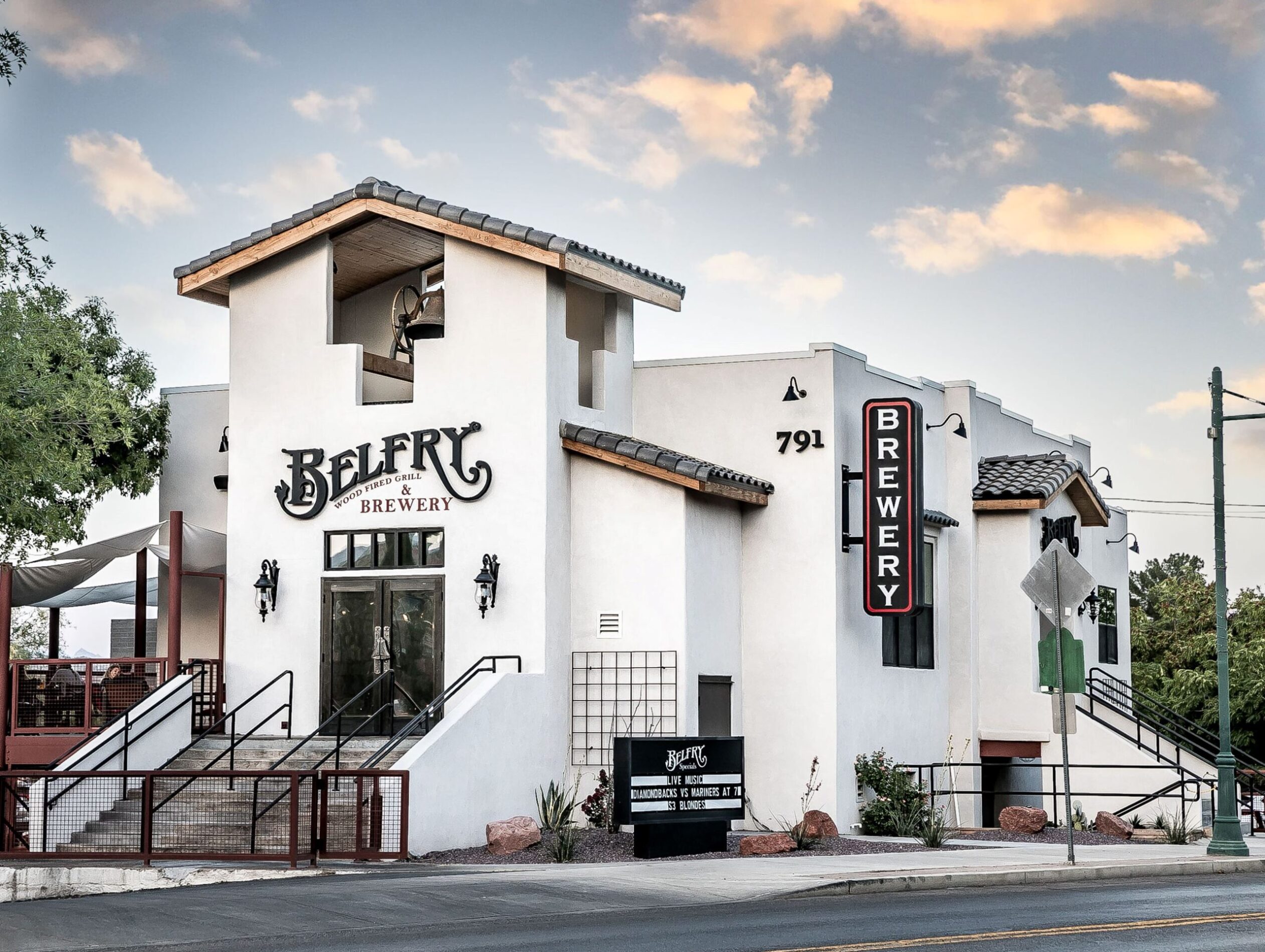Yavapai County Attorney Sheila Polk wants to leave a legacy for the Verde Valley while celebrating the Arizona Centennial.
That legacy was unveiled on the walls at the Yavapai County Attorney’s Office in Camp Verde on Friday, Feb. 10. Her offices showcased a permanent series of themed historical photographic prints taken between 1870 and 1930. Attorney’s office employees who are also historical society members came dressed in period costumes.
The photos were chosen from the Sharlot Hall Museum’s archive in Prescott and depict different periods in the history of Cottonwood, Rimrock, Camp Verde, Sedona, Clarkdale and Jerome with permission from Clemenceau Heritage Museum, Sedona Historical Society and Sedona Heritage Museum. Each display features a plaque with a brief explanation of the historic significance.
“I wanted to leave a legacy that celebrates the state’s centennial and create a legacy celebrating the history of the Verde Valley,” Polk said.
With the completion of the Yavapai County Superior Court in Camp Verde, the attorney’s office moved last year out of several double-wide trailers staff had occupied for a decade. Staff took over the old courthouse and remodeled the interior. Polk said the offices had beautiful white walls.
“I wanted to decorate them in a professional, long-term way,” Polk said. “I think our public buildings are a legacy that we leave for the future.”
On the walls of the lobby is a reprinted mural photograph of Prescott attorney Leroy Anderson working on a case with a male and female associate in his law office around 1910.
The Interview Room, where prosecutors and defense attorneys interview witnesses and clients, includes four photos based around the theme of Verde Valley schools. Along with an undated photo of the Clarkdale School, there are three shots of students and teachers in front of lower Verde School in 1870, upper Verde School in 1890 and Jerome School in 1898.
The highlights in the Conference Room are two large murals based on the theme of transportation. These are reprints of original colorized images of black and white prints shot in Jerome. One depicts buildings around the Bartlett Hotel on Main Street in Jerome around 1920. Early automobiles and horse-drawn carriages line the street. In the second, a caravan of covered, horse-drawn carriages prepares to leave town.
 Other prints include the old wooden bridge over Oak Creek near Slide Rock in 1920, two cars headed to the Verde Prospect Mine along the Jerome-to-Prescott highway around 1912, a man and three women standing alongside their automobile in Jerome in 1926, four people in Sedona posing in and around a Hudson Super Six Speedster with “U.S. Mail” painted on the windshield in the 1930s and two cowboys alongside a biplane belonging to the Rimrock Dude Ranch, also in the 1930s.
Other prints include the old wooden bridge over Oak Creek near Slide Rock in 1920, two cars headed to the Verde Prospect Mine along the Jerome-to-Prescott highway around 1912, a man and three women standing alongside their automobile in Jerome in 1926, four people in Sedona posing in and around a Hudson Super Six Speedster with “U.S. Mail” painted on the windshield in the 1930s and two cowboys alongside a biplane belonging to the Rimrock Dude Ranch, also in the 1930s.
Along one hallway depicting the theme of law are pictures of Anderson, four men in a sheriff’s posse who followed and captured the Canyon Diablo train robbers in the 1880s, Deputies John Munds and Tony Johns with an unidentified prisoner in 1900, Deputy Tom Miller in Jerome in the 1890s, and Yavapai County Sheriff George C. Ruffner with his feet up on his desk in Prescott in May 1897.
“I am excited about this collection and this opportunity to preserve for public viewing the history of our region,” Polk said. “The photographs are fascinating, endearing and really fun. It is a great way to commemorate Arizona’s Centennial.”
The exhibit received official Arizona Centennial Legacy Project designation from the Arizona Historical Advisory Commission.
“I think it is so important to preserve our unique history and to create visual legacies in our public buildings,” Polk said.
The project cost a little over $4,100. Anyone can view the exhibit via appointment. The offices are located at 2830 N. Commonwealth Drive, Suite 106, in Camp Verde. For more information, call 567-7717.


